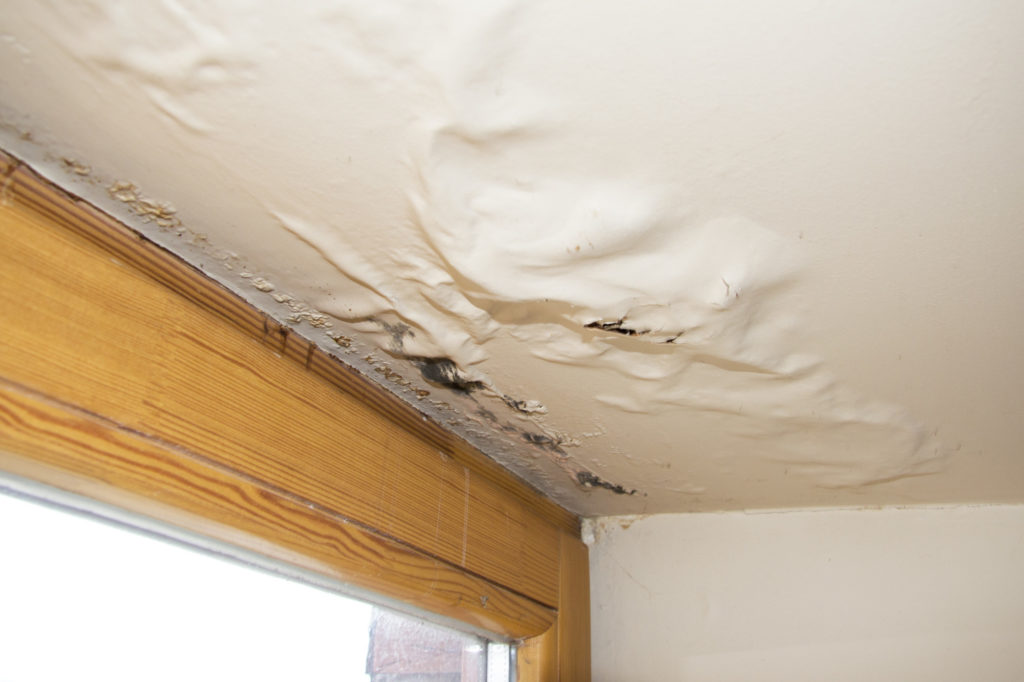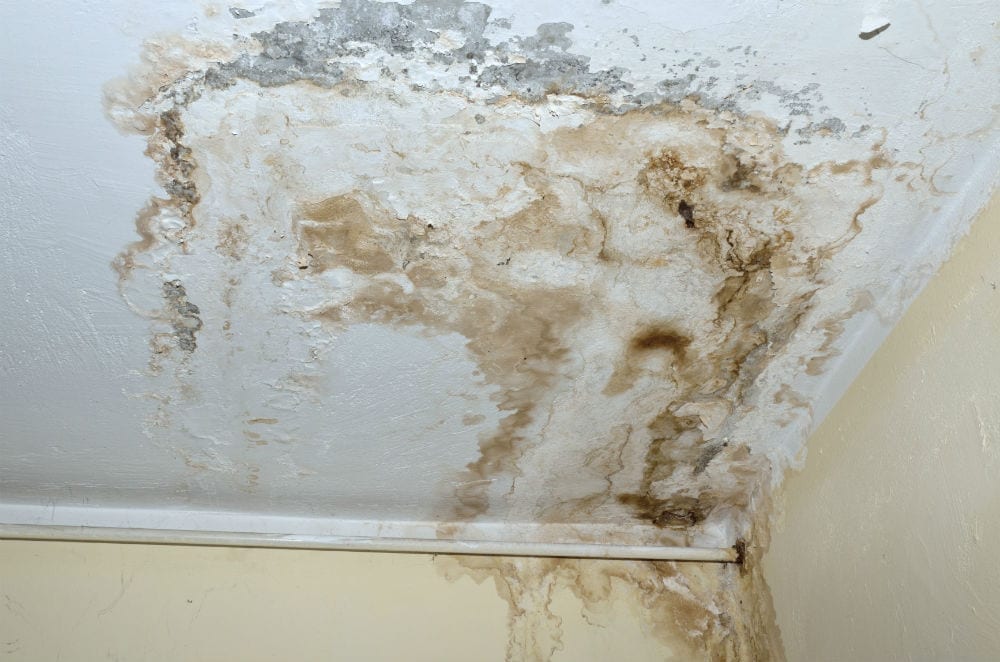Do's & Don'ts of Water Damage.
Do's & Don'ts of Water Damage.
Blog Article
The publisher is making several good points on Fire And Water Damage Prevention in general in this content followed below.

Water provides life, water invasion on components where it's not meant to be can result in damages. It can peel away surface areas as well as deteriorate the structure if the water saturates right into your framework. Mold and mildew and also mold additionally grow in a wet setting, which can be unsafe for your wellness. Residences with water damages scent old and also stuffy.
Water can originate from several resources such as tropical storms, floods, burst pipelines, leakages, as well as drain problems. In case you experience water damage, it would be excellent to recognize some security precautions. Here are a couple of standards on how to manage water damage.
Do Prioritize Residence Insurance Coverage Protection
Water damages from flood dues to heavy winds is seasonal. However, you can also experience an abrupt flooding when a defective pipeline all of a sudden breaks into your home. It would be best to have residence insurance coverage that covers both acts of God such as all-natural catastrophes, and emergency situations like damaged plumbing.
Don't Fail To Remember to Switch Off Energies
This reduces off power to your whole home, protecting against electrical shocks when water comes in as it is a conductor. Do not forget to turn off the major water line shutoff.
Do Stay Proactive as well as Heed Climate Signals
Listen to evacuation warnings if you live near a river, lake, or creek . Doing so decreases potential residential or commercial property damage.
Do Not Disregard the Roofing System
You can prevent rainfall damage if there are no openings as well as leakages in your roofing system. This will certainly stop water from flowing down your wall surfaces and saturating your ceiling.
Do Focus On Little Leakages
A burst pipe doesn't take place overnight. Normally, there are red flags that suggest you have actually deteriorated pipes in your house. For instance, you might see bubbling paint, peeling off wallpaper, water touches, water spots, or leaking audios behind the walls. At some point, this pipe will certainly break. Ideally, you ought to not wait on points to escalate. Have your plumbing repaired before it causes massive damage.
Do Not Panic in Case of a Ruptured Pipeline
When it comes to water damages, timing is crucial. Therefore, if a pipe ruptureds in your house, right away shut off your major water shutoff to cut off the resource. Call a trustworthy water damages remediation specialist for aid.
Water offers life, water invasion on parts where it's not supposed to be can result in damages. Houses with water damage scent old as well as musty.
Water damage from flooding dues to hefty winds is seasonal. You might discover gurgling paint, peeling wallpaper, water streaks, water spots, or dripping audios behind the walls. When it comes to water damages, timing is essential.
Some Do's & Don't When Dealing with a Water Damage
DO:
Make sure the water source has been eliminated. Contact a plumber if needed. Turn off circuit breakers supplying electricity to wet areas and unplug any electronics that are on wet carpet or surfaces Remove small furniture items Remove as much excess water as possible by mopping or blotting; Use WHITE towels to blot wet carpeting Wipe water from wooden furniture after removing anything on it Remove and prop up wet upholstery cushions for even drying (check for any bleeding) Pin up curtains or furniture skirts if needed Place aluminum foil, saucers or wood blocks between furniture legs and wet carpet Turn on air conditioning for maximum drying in winter and open windows in the summer Open any drawers and cabinets affected for complete drying but do not force them open Remove any valuable art objects or paintings to a safe, dry place Open any suitcases or luggage that may have been affected to dry, preferably in sunlight Hang any fur or leather goods to dry at room temperature Punch small holes in sagging ceilings to relieve trapped water (don't forget to place pans beneath!); however, if the ceiling is sagging extremely low, stay out of the room and we'll take care of it DO NOT:
Leave wet fabrics in place; dry them as soon as possible Leave books, magazines or any other colored items on wet carpets or floor Use your household vacuum to remove water Use TV's or other electronics/appliances while standing on wet carpets or floors; especially not on wet concrete floors Turn on ceiling fixtures if the ceiling is wet Turn your heat up, unless instructed otherwise

I found that blog posting on Fire And Water Damage Prevention when scouting around the web. Make sure you take the opportunity to promote this content if you enjoyed reading it. Many thanks for going through it.
Report this page